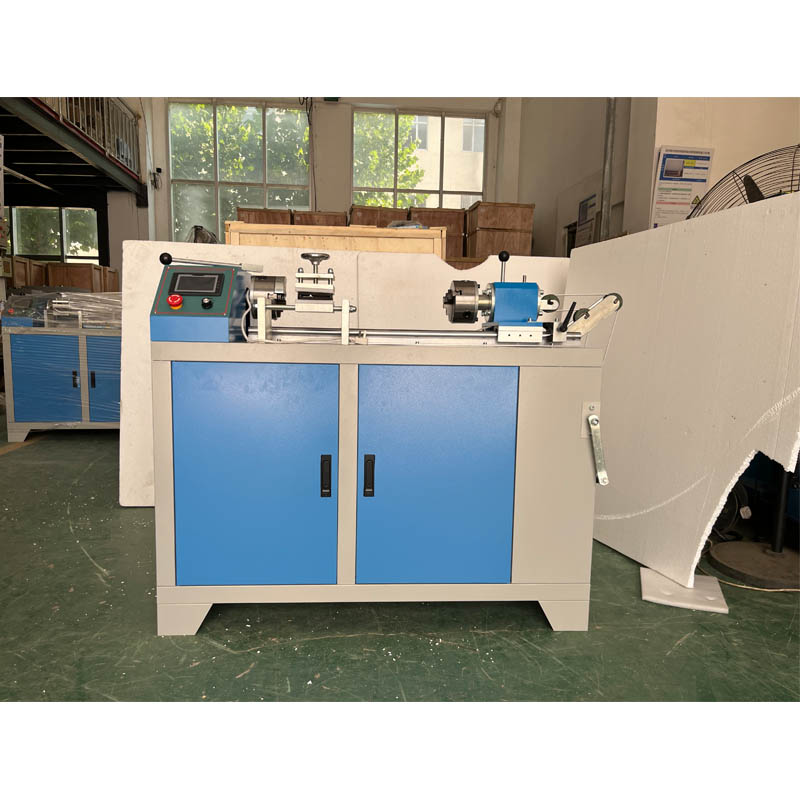Exporters of Conductor Resistance Testing Equipment and Services for Quality Assurance
The Importance of Conductor Resistance Testing in the Electrical Industry
In the electrical industry, ensuring the integrity and efficiency of conductors is paramount. Conductor resistance testing is a critical procedure that plays a vital role in evaluating the performance and reliability of electrical systems. This article will delve into the significance of conductor resistance testing, the methods employed, and the role of exporters in this field.
Understanding Conductor Resistance Testing
Conductor resistance testing is a technique used to measure the resistance of electrical conductors. This measurement is crucial for several reasons—primarily to ensure that the conductor can effectively conduct electricity without significant loss of energy. High resistance in conductors can lead to overheating, energy loss, and potentially catastrophic failures in electrical systems.
The principle behind conductor resistance testing is rooted in Ohm's Law, which states that the resistance (R) of a conductor is equal to the voltage (V) across the conductor divided by the current (I) flowing through it (R = V/I). By accurately measuring the resistance, engineers can assess whether the conductor meets the required specifications for its intended application.
Methods of Conductor Resistance Testing
Several methods are implemented to perform conductor resistance testing, each with its own advantages and applications
1. Four-Wire Measurement Method This method employs two pairs of leads to measure resistance. One pair carries the current while the second pair measures the voltage drop. By eliminating the voltage drop across the measuring leads themselves, the Four-Wire method provides highly accurate resistance readings, making it ideal for testing low resistance values.
2. Two-Wire Measurement Method This is a simpler approach where the same leads are used for both current and voltage measurements. While more straightforward, the accuracy can be compromised due to the lead resistance affecting the measurements, which makes this method less desirable for precise applications.
3. Bridge Methods The Wheatstone bridge is a traditional technique for measuring resistance, especially in laboratory settings. It is highly accurate and is used for calibrating measuring instruments.
conductor resistance test exporters

4. Digital Resistance Meters With advancements in technology, digital resistance meters have become popular. These devices are user-friendly and can provide quick and accurate readings, making them a preferred choice in field applications.
The Role of Exporters
As the global demand for electrical components and systems increases, the role of exporters specializing in conductor resistance testing equipment and services becomes more crucial. These exporters bridge the gap between high-quality products and markets in need of reliable electrical testing solutions.
1. Quality Assurance Exporters are responsible for ensuring that the testing equipment meets international standards. This guarantees that customers receive reliable and efficient tools for measuring conductor resistance.
2. Innovation and Technology Transfer Many exporters are at the forefront of technological advancements in testing methodologies. By providing the latest equipment, they enhance the testing capabilities of firms around the world, which leads to improved safety and efficiency in electrical systems.
3. Market Reach Exporters extend the reach of quality testing equipment to markets that may not have domestic access to advanced technologies. This accessibility is essential for developing countries, where infrastructure relies heavily on the integrity of electrical systems.
4. Support and Training Many exporters also provide essential training for end-users of their equipment. This training ensures that technicians and engineers can accurately perform conductor resistance testing and interpret the results effectively.
Conclusion
Conductor resistance testing is an indispensable process within the electrical industry, ensuring that conductors perform optimally and safely. Various methods exist, each suitable for different applications and levels of accuracy. As the landscape of this industry evolves, the role of exporters becomes increasingly important. They not only supply necessary testing tools but also contribute to the global advancement of electrical safety and efficiency. By investing in quality testing solutions, industries can enhance their operational reliability and pave the way for a more sustainable energy future.
-
Why the Conductor Resistance Constant Temperature Measurement Machine Redefines Precision
NewsJun.20,2025
-
Reliable Testing Starts Here: Why the High Insulation Resistance Measuring Instrument Is a Must-Have
NewsJun.20,2025
-
Flexible Cable Flexing Test Equipment: The Precision Standard for Cable Durability and Performance Testing
NewsJun.20,2025
-
Digital Measurement Projector: Precision Visualization for Modern Manufacturing
NewsJun.20,2025
-
Computer Control Electronic Tensile Tester: Precision and Power for the Modern Metal Industry
NewsJun.20,2025
-
Cable Spark Tester: Your Ultimate Insulation Assurance for Wire and Cable Testing
NewsJun.20,2025
 Copyright © 2025 Hebei Fangyuan Instrument & Equipment Co.,Ltd. All Rights Reserved. Sitemap | Privacy Policy
Copyright © 2025 Hebei Fangyuan Instrument & Equipment Co.,Ltd. All Rights Reserved. Sitemap | Privacy Policy
